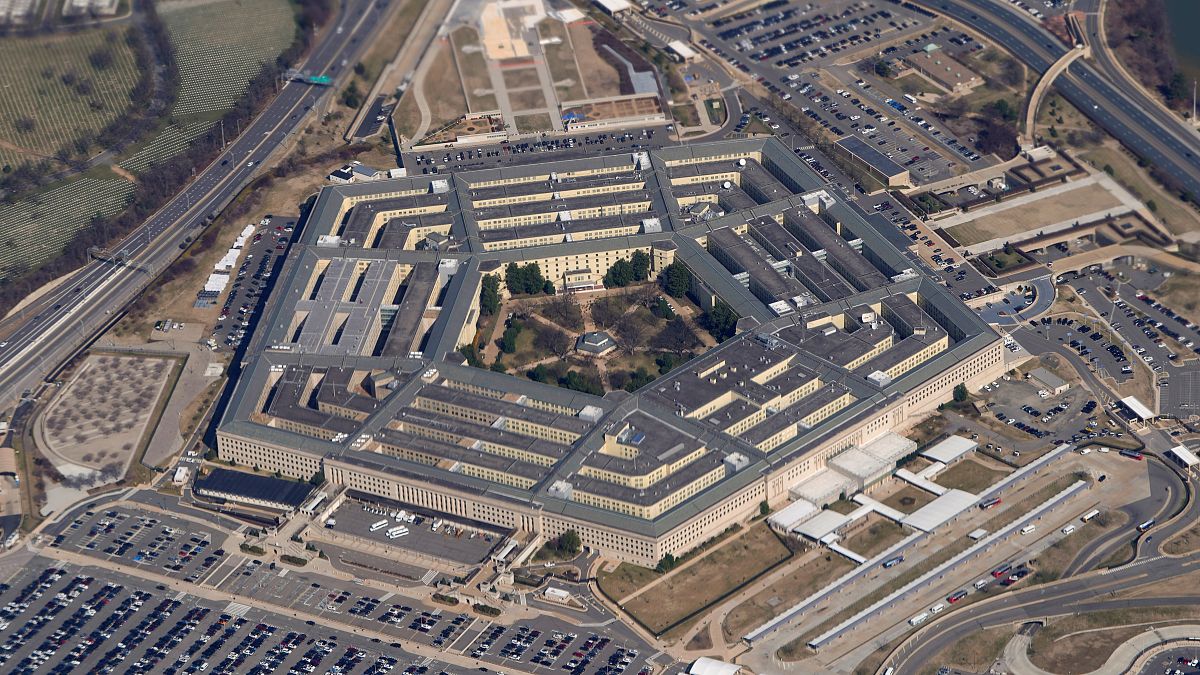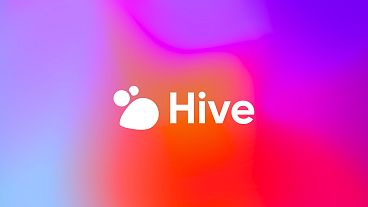It could be the first instance of an AI-generated image sowing enough confusion to move stock markets.
A fake image of an explosion next to the Pentagon spread on social media and caused a brief dip in the US stock market on Monday.
The now-debunked image showed a plume of smoke billowing beside the headquarters of the US Department of Defense. Experts say it bears the hallmarks of being generated by artificial intelligence (AI) and illustrates the threat the technology poses in terms of misinformation.
The image was shared by a number of Twitter accounts carrying a “verified” blue check mark, including one impersonating the Bloomberg news agency - called “@BloombergFeed” - which has since been suspended.
The fake news was subsequently spread by dozens of other Twitter accounts, including Russian state-controlled news network RT, which has been blocked in the EU but has a following of more than 3 million on the platform.
A number of the accounts that tweeted the fake image seem to be affiliated with conspiracies or Russia’s war in Ukraine, as well as a number of cryptocurrency accounts with blue check marks.
One of those, “WhaleChart”, tweeted the image along with the text: “BREAKING: Explosion near Pentagon”. That tweet has been viewed more than 500,000 times.
The fake news was rebutted by the Arlington County fire department, which said: “Pentagon Force Protection Agency and the ACFD are aware of a social media report circulating online about an explosion near the Pentagon. There is NO explosion or incident taking place at or near the Pentagon reservation, and there is no immediate danger or hazards to the public.”
But several US news outlets noted that Wall Street took a noticeable dip in the moments after the image started circulating on Twitter. The real Bloomberg even labelled it “possibly the first instance of an AI-generated image moving the market”.
The incident adds to growing concerns about the potential misuse of AI tools to propagate fake news, destabilise societies, and even sway voters ahead of elections.
Twitter blue check chaos
Twitter initiated controversial changes to its verification system under the leadership of Elon Musk, who bought the company for $44 billion (€40.8 billion) last October.
Previously accounts that were deemed notable - due to them being recognised experts, celebrities, journalists, or organisations - could be verified with an identification check.
Under the new policy, anyone can get a blue verification checkmark by paying for it, and they don’t need to provide any evidence of identification.
This change led to warnings that impersonation could become rife on the platform - and there has been a big increase.
Under his leadership, Musk has said the company is now worth less than half what he bought it for, following a major drop in advertising revenue, and a number of lawsuits filed against the company.
Twitter responded to an emailed request for comment with a poo emoji.
‘Genie out the bottle’
The fake image was spread amid ongoing worries around generative AI and the potential dangers it could pose.
A Reuters/Ipsos poll published on May 17 showed more than two-thirds of Americans are worried about the negative effects of AI, while 61 per cent think it could threaten civilisation.
The CEO of OpenAI Sam Altman encouraged politicians last week to come up with a system of regulation for AI, at a hearing during which one senator, Cory Booker, said: "There's no way to put this genie in the bottle. Globally, this is exploding”.
The European Union is currently drafting its own AI Act to regulate the technology.



